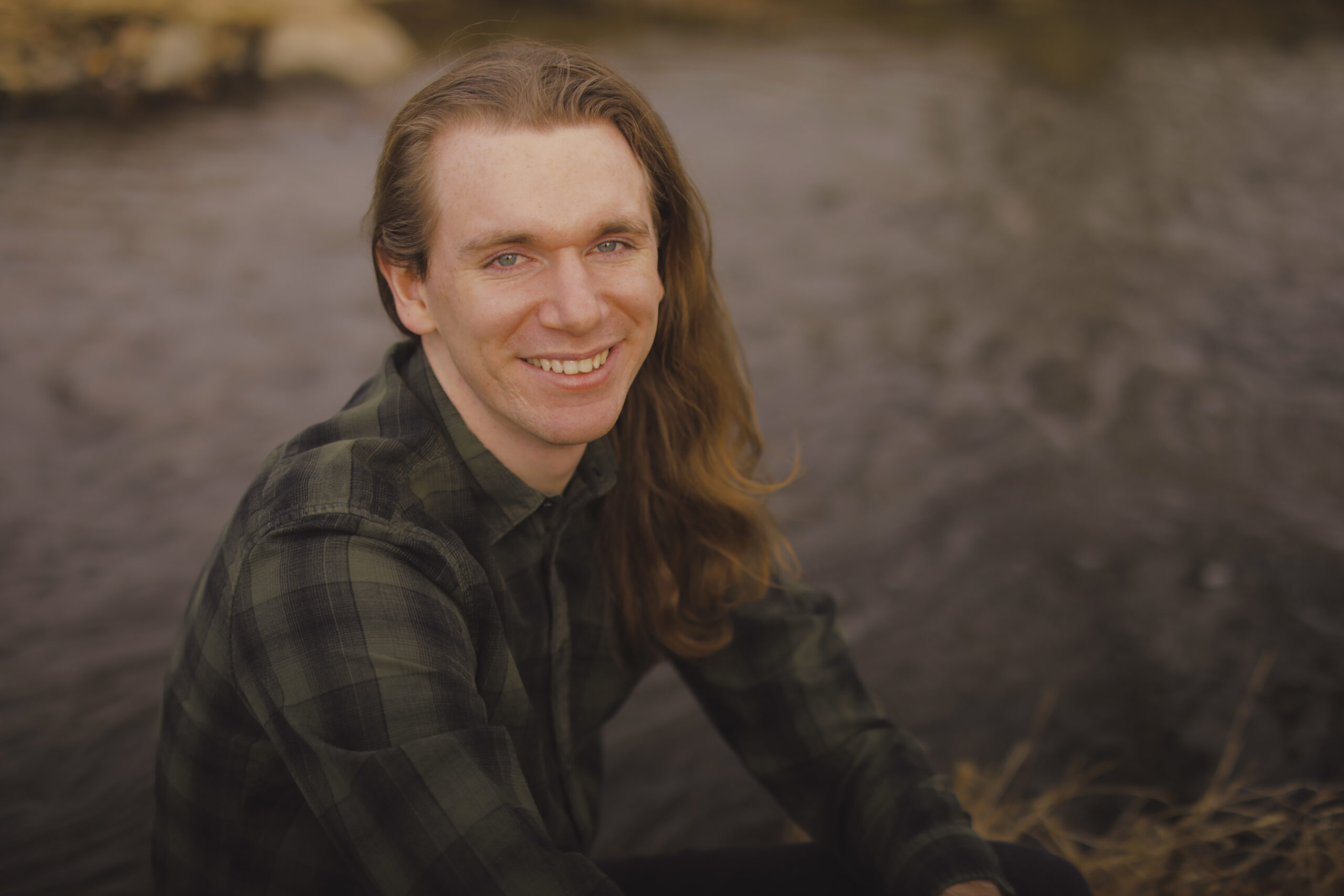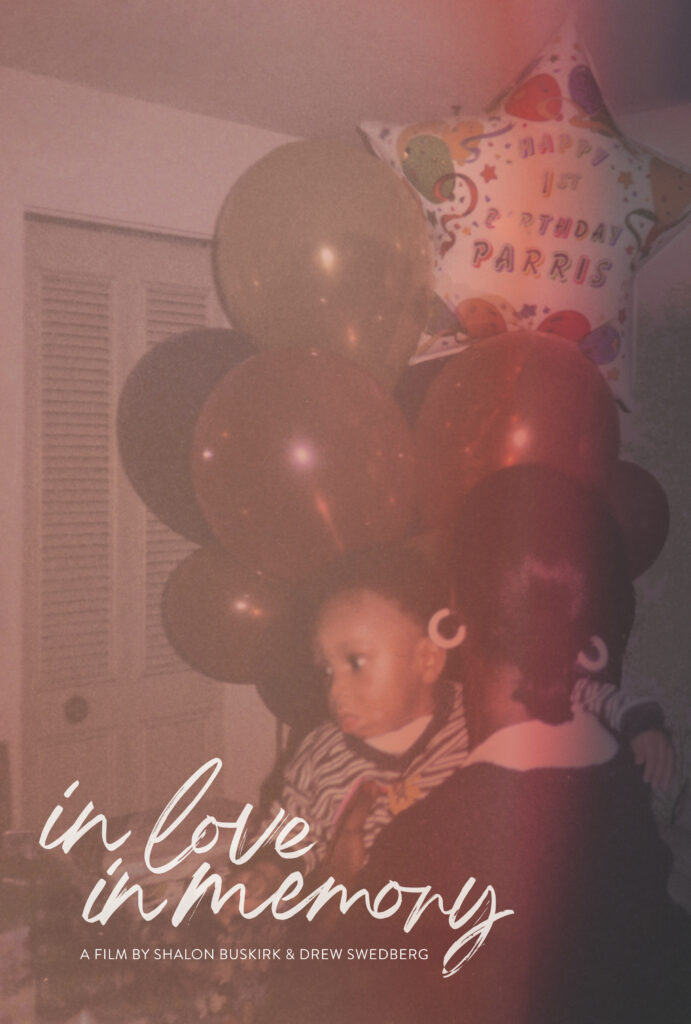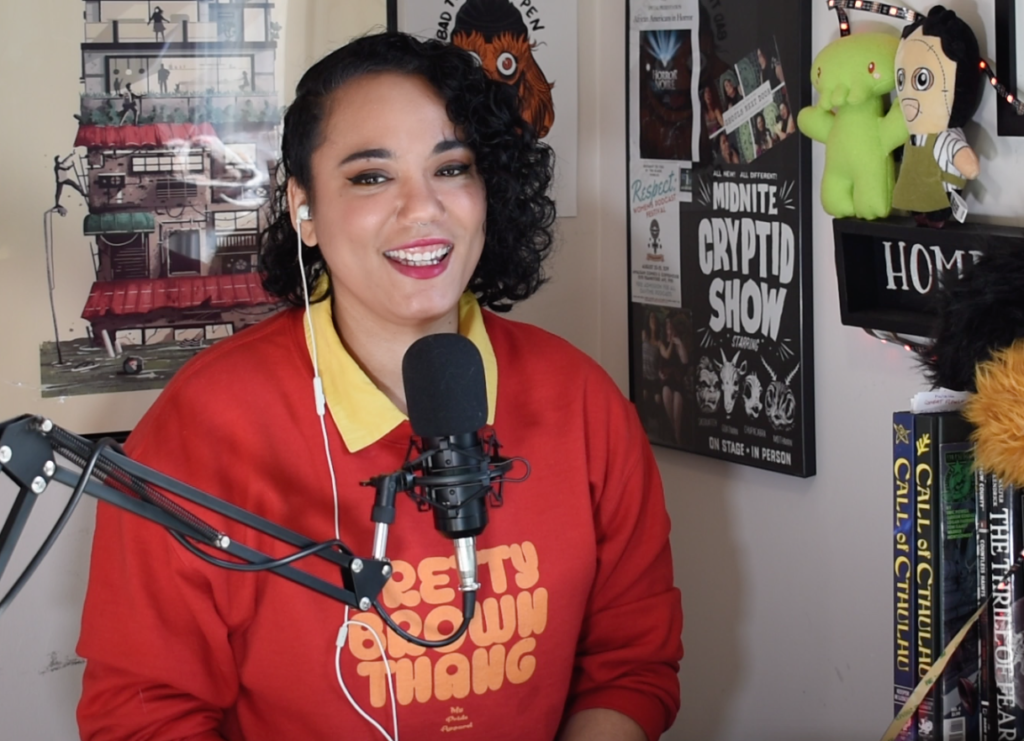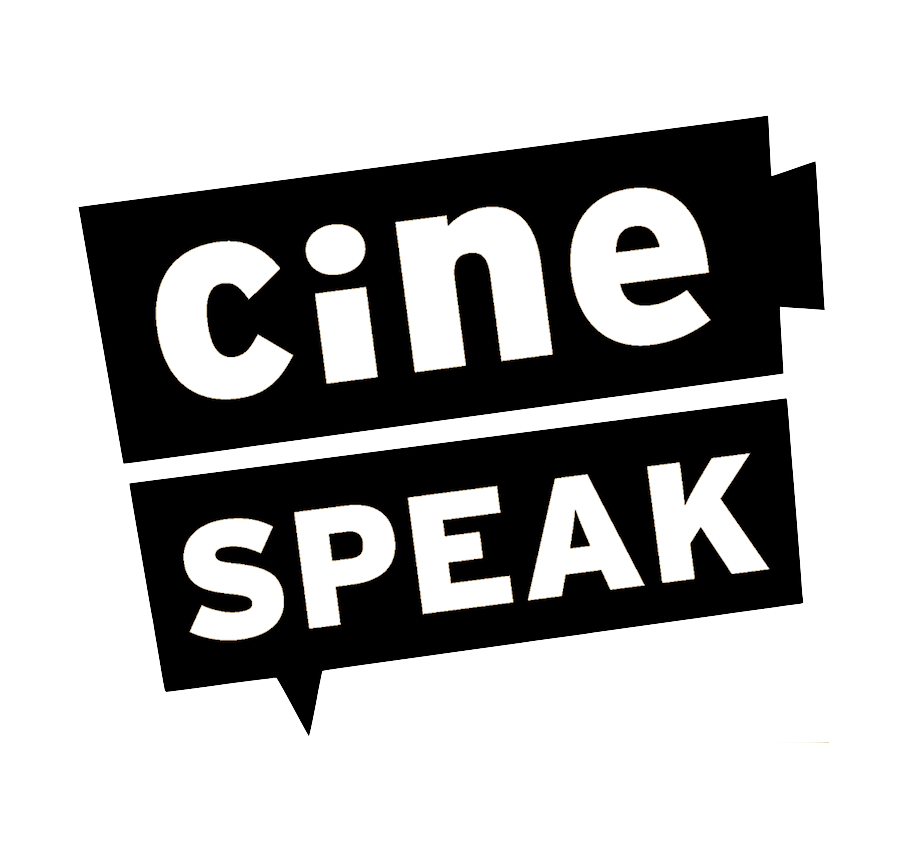
18 Jul Philadelphia Artist Spotlight: Drew Swedberg
BY GABE CASTRO
The cinéSPEAK Journal publishes a monthly Philadelphia Artist Spotlight highlighting local filmmakers and moving image artists doing unique and impactful work.
Drew Swedberg is an artistic collaborator who uses his passion for his community and knowledge of the filmmaking process to help create documentary films. He explains his approach as poetic, focused around the everyday dreams, relationships, and forces that shape the places he calls home.
Swedberg’s first love was basketball, a sport he and his family were passionate about. After an injury forced his focus away from the game, he looked towards a new outlet for his imagination. His interest pivoted into that of media making. Just as basketball was a familial adventure, his family, comprised of his four siblings and parents, influences his work even now. Currently in development, his film Illusions of Winter is an intimate look into Swedberg’s childhood home, which he’s described as a prismatic “portrait that oscillates between textured archives of his family and the ceaseless labor behind New Hampshire’s lucrative and increasingly precarious industry of winter recreation.”
Connection is at the core of Swedberg’s filmmaking journey, starting with influential mentorships from filmmakers and educators like Aggie Ebrahimi Bazaz, Nandini Sikand, Andy Smith, Kate Ranieri, and Lora Taub. The influence of these filmmakers has allowed Swedberg to expand his knowledge and pass it on through youth filmmaking workshops as well as through an adjunct professor position in Lafayette College’s Film and Media Studies Department. He teaches classes that range from elementary school to college while also focusing on his own work.
Swedberg’s films are those dedicated to intimate stories, intent on preserving experiences and lives. His 2017 film, Ciento Un Años, features the small town of Las Juntas in the Guanacaste province of Costa Rica, a local public school, and a community that has come together to teach their children about the collective past in order to prepare them for a future that increasingly exists beyond the community. He is currently working on his feature directorial debut, in love, in memory, with co-director Shalon Buskirk. in love, in memory aims to preserve delicate memories of Buskirk’s son. After losing him to gun violence, Buskirk is intent on educating her community and combating the systemic racism of post-industrial cities. The story is personal and motivating, revealing the complicated relationships we have with our neighborhoods, our communities, and the needs that are often neglected. Swedberg works in all he does to tell people-driven stories that act as catharsis and preservation.
cinéSPEAK asked Swedberg about the themes in his work, what inspired his recent film, and what effect Philadelphia has had on his filmmaking career.
cinéSPEAK: How has Philadelphia shaped and influenced the content of your work? How do you want to impact Philadelphia in return?
Drew Swedberg: Philadelphia has had a profound impact on my work. My first film internship was at PhillyCAM, where my proficiency in editing and understanding of community media was shaped. [Learn more about the organization in the Philadelphia Organization Spotlight: PhillyCAM.] The birth of this film [in love, in memory] was in Scribe Video Center’s inaugural Film Scholar Program, where I found my first film community outside of college. That program introduced me to Kristal Sotomayor, who a few years later would nominate Shalon and I for our first major grant from [the Independence Public Media Foundation] (IPMF). The program also connected me with muthi reed, who invited me to attend the Allied Media Conference in Detroit, where I met our composer for the film. Scribe later connected me with Dr. Tiffany Barber through our shared facilitation work on a Precious Places project. Tiffany now works as a consulting producer on the documentary.
The creative community I have in Philadelphia means the world to me and can be traced through the very beginning of this film. From building relationships with new collaborators to revelations found in creative conversations with friends, from celebrations of local filmmakers I love to encounters with new work that has shaped my understanding of filmmaking, Philadelphia’s vital film community has played an essential, unquantifiable role in my growth as a filmmaker.
Shalon and I talk often about her hopes for the documentary. What has emerged from those conversations is a desire for more people to see care and safety outside of carceral logic. We want to be in solidarity with communities in Philadelphia who are already imagining these worlds and working through abolitionist frameworks to address harm, prevent gun violence, and reimagine safety.
On a personal level, I want my work to be accountable to my filmmaking community in Philly, and that the love and care I feel from them can be reciprocated with the same impact it has had on me.

cinéSPEAK: How did you get started in filmmaking?
DS: I knew that I loved films, tracing all the way back to my first cinematic memory of watching The Iron Giant in a local movie theater. With the support of my high school English teachers, I connected with a job [to] shadow a cinematographer, a production assistant opportunity, and a summer course at St. Paul’s Advanced Studies Program that allowed my love for watching films to transform into something more possible.
I entered college with the goal of becoming a cinematographer. Through classes, student productions, and the semester I spent at FAMU in Prague, I was able to develop this creative practice. When I returned to Muhlenberg College, I received essential mentorship from professors in a new, multi-campus Documentary Storymaking minor. This is where I made a pivot to documentary filmmaking, as these professors pushed the form’s definition and created a pathway for me to see myself as a filmmaker. Documentary became a space for me to infuse my passion for community engagement and organizing work with my interest in cinematography and visual language.
cinéSPEAK: How did the idea for in love, in memory come to be?
DS: Shalon Buskirk and I met through organizing work in Allentown. At the time, I was working with a coalition organizing around housing justice in the city and Shalon was advocating for gun violence prevention in her hometown. Soon after our paths crossed, Shalon and I began to work on a documentary project where she was a participant who was telling her son’s story and leading as a catalyst for gun violence prevention funding in the city. With the sensitivity of her son’s story and the trauma she experienced, I worked closely with her to imagine what the documentary series looked like and reviewed cuts before publishing. While this initial documentary was a multivocal tapestry of gun violence prevention in the city, the story gravitated again and again to Shalon’s essential advocacy.
At the end of 2018, Shalon invited me into the more specific story of her son, Parris Jerome Lane, wanting to find the right medium to tell his story. We came to the mutual conclusion that a documentary, with its inherent relationship to non-linear time and permanence, could be that vehicle. When Shalon invited me into the story, it was essential that I reckoned with my power and positionality, both as a white male filmmaker who moved into Allentown in 2013 and as someone who was arriving with an education in filmmaking. This began with building a transparent and equitable co-creating relationship and shaped how we built the community of filmmakers collaborating on this project. There have been times when Shalon’s proximity to the story has been viewed as a detriment by individuals outside of our team, with questions emerging about her ability to be objective. My collaboration is not one that is meant to counter Shalon’s proximity with my own objectivity; instead, we trust and lean into her subjective experience while confronting the deep systemic issues in the city.
cinéSPEAK: What is the intent of in love, in memory?
DS: Our documentary exists at the intersection of gun violence and gentrification, two topics of national significance that are inseparable from Shalon’s story. With a non-linear structure that collapses the distinctions between the two issues, in love, in memory meditates on essential questions of safety, trauma, and memory in America. The documentary looks to the past to understand the present, engaging in a much larger national imperative to confront the history of a country that attempts to maintain its illusion of greatness. While the United States continues to construct a selective memory, our documentary offers a complex counter-narrative, working against the dominant narratives of trauma that shape the city, the country, and the broader documentary landscape.
Our work is centered around the well-being of the individuals who know Shalon’s family intimately, carefully navigating the story’s ongoing trauma while responding to visual media’s troubling history as a visceral and permanent site of re-traumatization. The potential for residual harm demands innovation in the form and motivates our team’s editing choices, many of which pull from experimental and poetic traditions to restructure time and narrative in the aftermath of tragedy. We likewise resist the commercial desires that drive the True Crime genre, the inevitable classification for a film made in the wake of a murder. Our film does not contain harrowing details of Parris’ or Najeer’s deaths, nor does it ask Shalon to relive her traumatizing experiences of those days. For us, the natural permanence of film becomes a question: what do we choose to make permanent? Our film’s form rejects the sensational reveals expected from a linear structure, the investigative processes through which Shalon lived, and the binaries of guilt and shame that America’s criminal justice system violently enforces.
‘in love, in memory’ is currently in post-production. Updates to the film can be found on their website. You can follow Swedberg online for more updates and information on his other projects.
*Featured Image: Image of Drew Swedberg. Image Credit: Amoy Gill.
Would you like to be featured in a future spotlight? Please fill out the Philadelphia Artist Spotlight form. The cinéSPEAK Journal maintains sole discretion over the publishing of any information provided via the form. Questions: journal@cinespeak.org

Gabe Castro is a Philadelphia-based Latiné multimedia professional specializing in the horror genre. Gabe believes media can be used as a tool to bring social change and works in all she does to create impactful and inspiring media.

Sorry, the comment form is closed at this time.